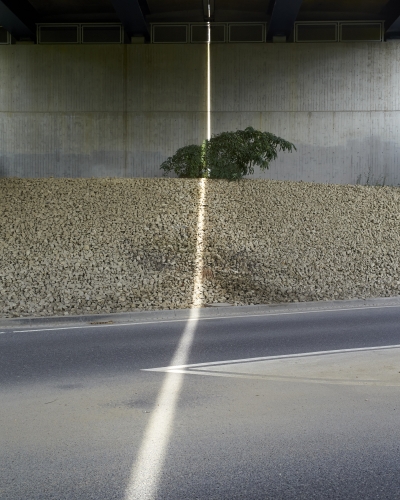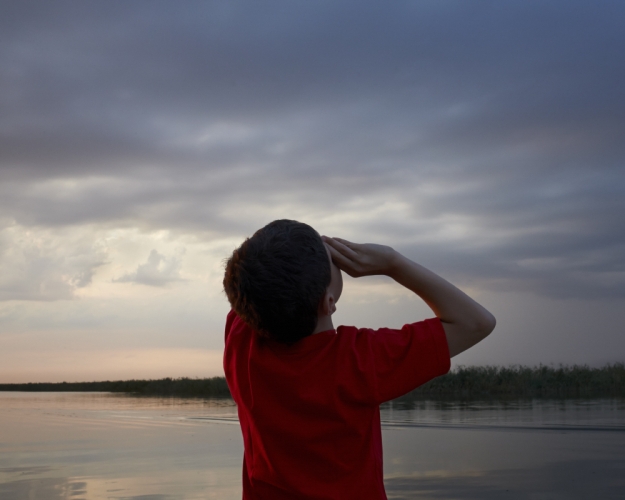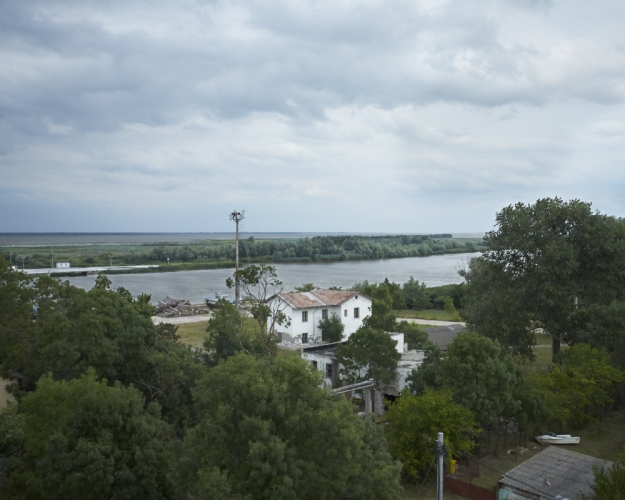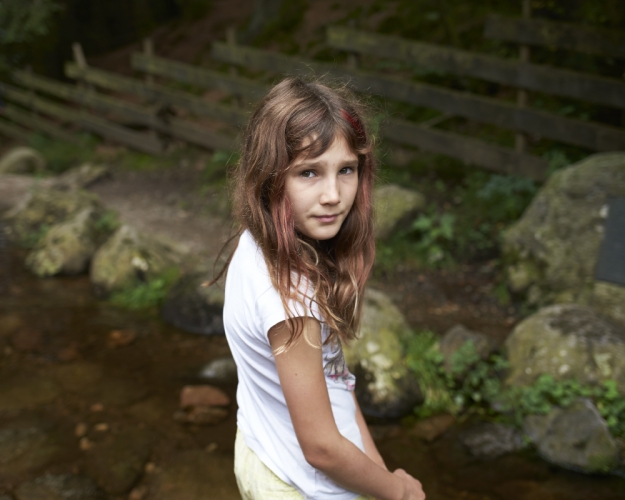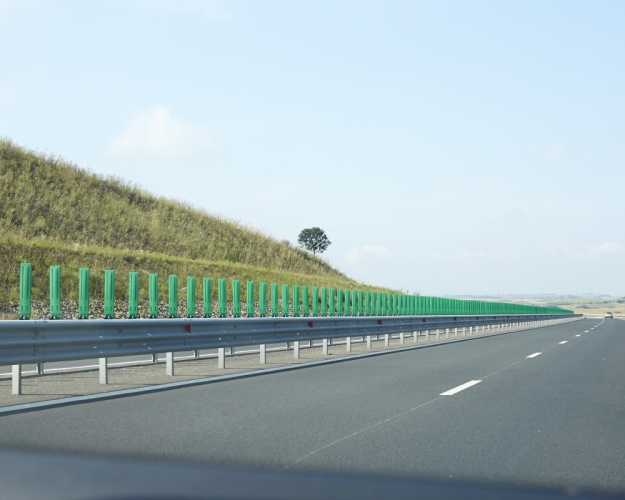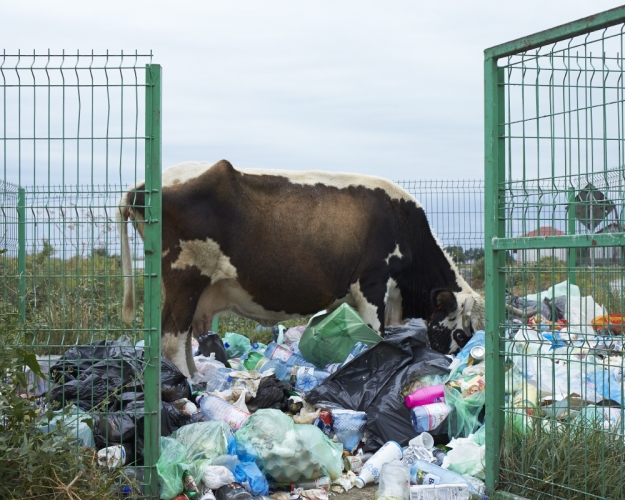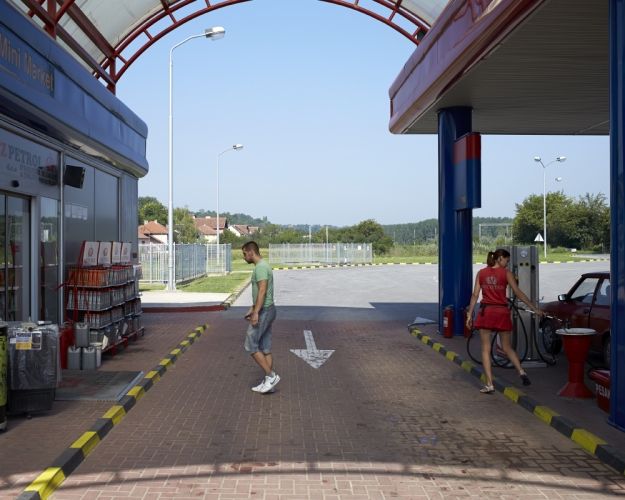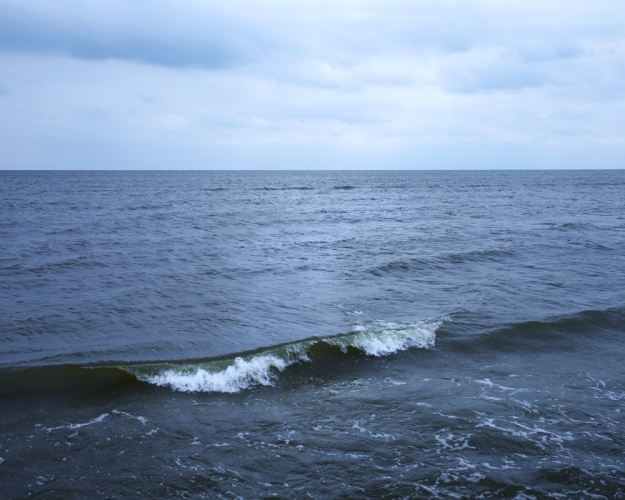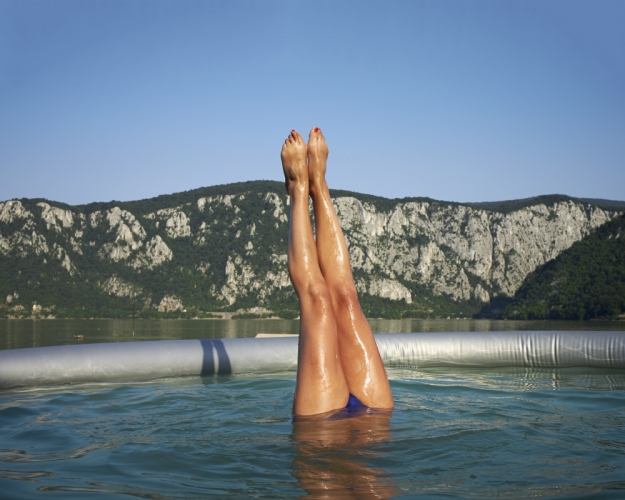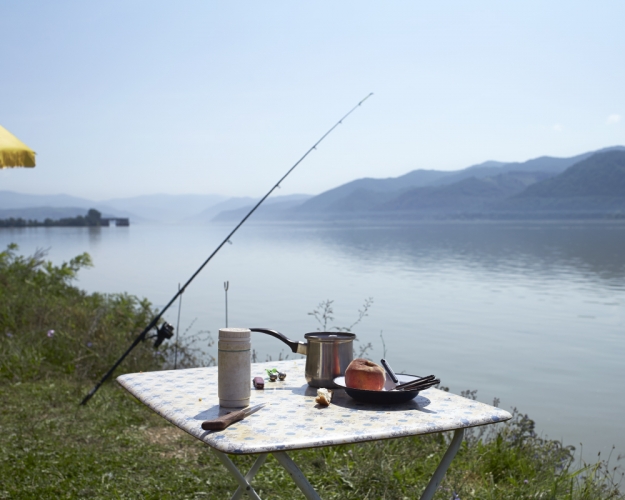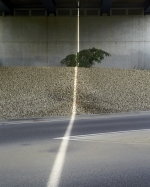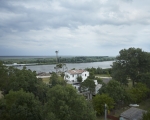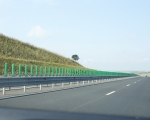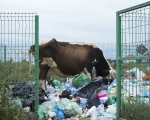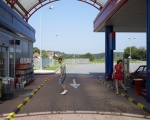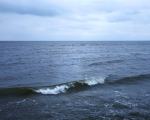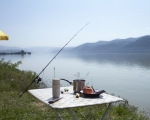Cedric Dubus is a french photographer and curator for Cascade Collective. He lives and works in Lille, France. He is interested in all concepts of territory, whether physical, social or mental.
In Furtwangen, Germany, in the heart of the Black Forest, there is a hill with stream water flowing from a spring. This is where the Danube originates. Higher up the hill there is a wet meadow. Dewdrops shine over the grass. A small uninhabited house, a standing pipe with a tap at its end. I read somewhere that no one was ever able to close this tap. Could this be the original source of the Danube?
In August 2014, I walked along the Danube – from its source in Germany to its delta in Romania. The diversity of European countries the river passes through, allowed me to feel a pulse of a Central Europe in search of identity, and to get closer to what it is today.
Throughout this journey, questions come back. What if someone turns this tap off? What would happen to cities like Regensburg, Vienna or even Budapest ? What would the Danubian countries do? What landscapes and sceneries would I see then? What kind of Europe would I discover? Would there be a Europe at all without the Danube?
I wonder about the concept of Central Europe. Like the legend of the Furtwangen's tap, Europe is producing an endless stream of identities and territories; deeply connected to the Danube, it is as diverse as the landscapes that surround it. The shores are often synonymous of an in-between border area, where local residents have imposed their nationalities: German and Austrian, Serbian or Croatian or Romanian. Here is Croatia and there is Slovakia.
I walked along the Danube for weeks. Sleeping on its shores and among its locals, followed roads, crossed bridges, and through the country. 6.537 km. Many kilometres to find the Europe washed by the Danube, identifying the contours of middle Europe. Following the Danube to see that in the end, only questions count.

